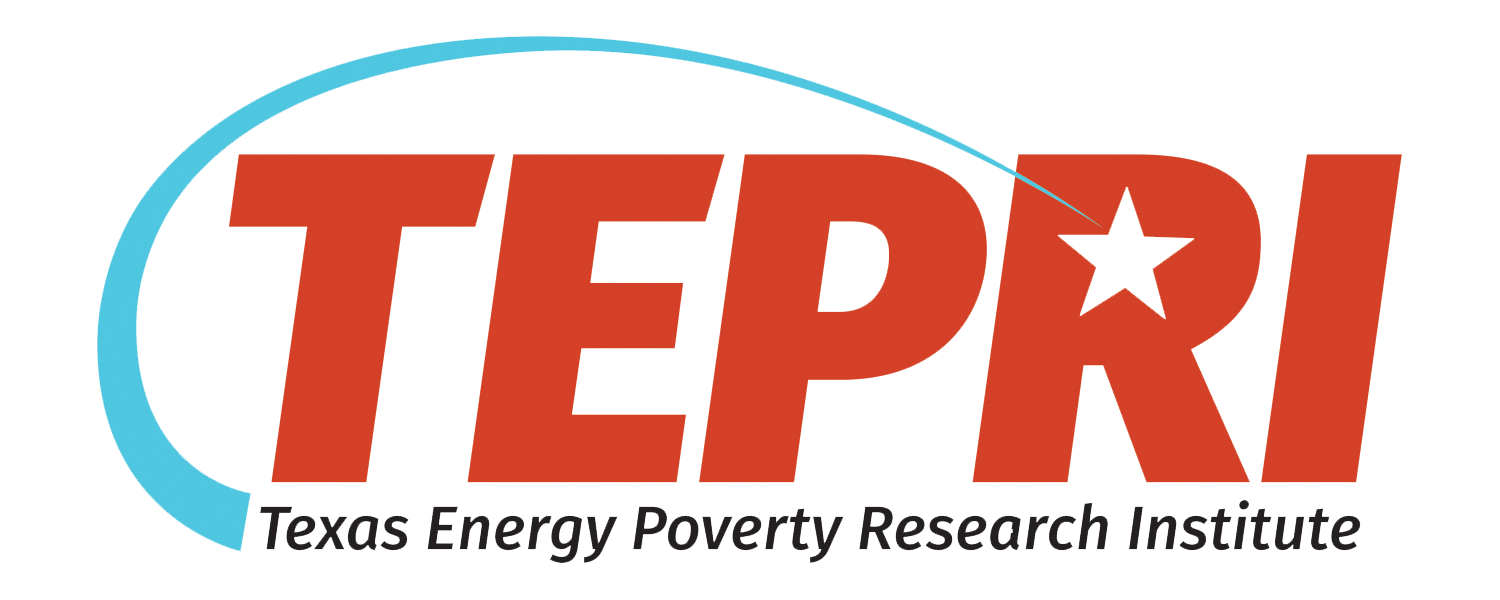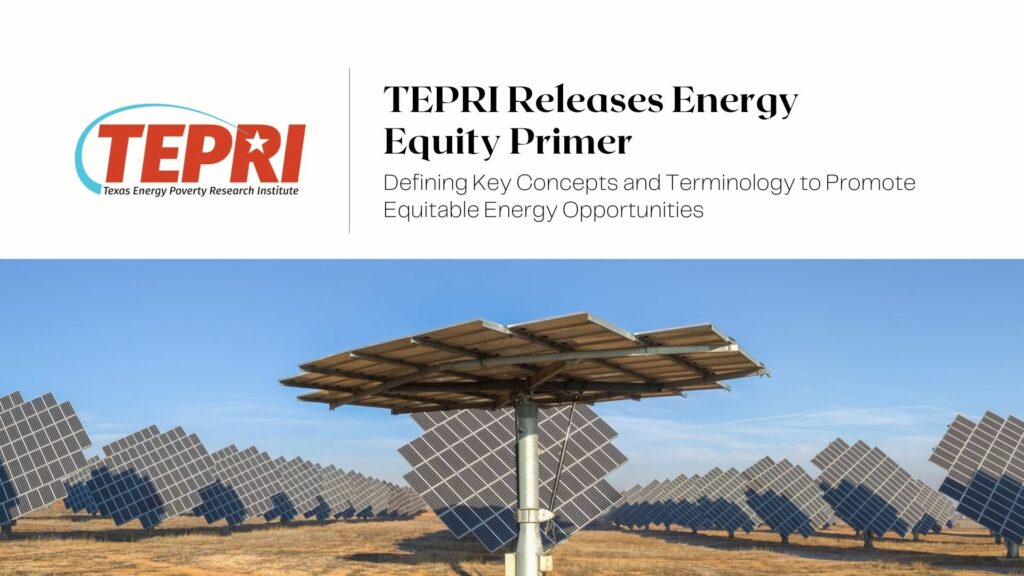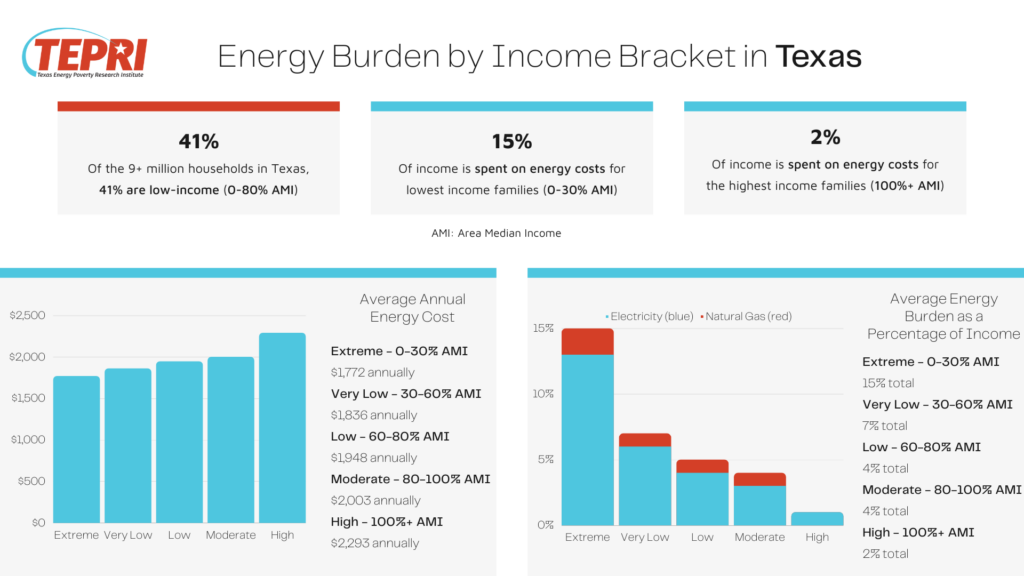BLOG POST | AUGUST 3, 2022
By: Bobuchi Ken-Opurum, PhD (TEPRI Director of Research)
What exactly are “Equitable Energy Opportunities?” Each of us may view the concept from a unique vantage point, as it relates to our work and our understanding of the different barriers people face to access affordable, reliable, and clean energy.
TEPRI defines energy equity as a process of allocating resources and opportunities as needed to create affordable, accessible, sustainable, and resilient energy outcomes for all households. The issue of equitable energy access is especially crucial for low-to-moderate income (LMI) households as they are historically underserved across America; and developing solutions that offer equitable energy access to LMI households is a challenging priority.
Research studies show that an estimated 30.6 million households in the United States face either high or severe energy burdens. Energy burden is the percentage of a household’s income that goes towards household energy expenses. A household’s energy burden can be measured in three categories:
In Texas alone, there are over 3.8 million LMI households that are disproportionately burdened by high energy costs. Like all hardships, we believe these impacts of energy burden are especially felt by children, households led by single mothers, the elderly, and people with disabilities.
TEPRI has put energy equity at the center of its solutions development process to reverse these negative impacts of energy burden and advance opportunities for LMI communities to contribute to and benefit from an equitable energy transition. As we set out to work together for solutions, we discovered the need to provide a baseline of definitions and concepts for leveling the discussion on how we can promote a more equitable energy transition. With the help of our stakeholder network, we have worked to develop a primer to guide language and understanding of these issues affecting the equitable energy transition.
Download TEPRI’s Energy Equity Primer Here
Our aim is that this primer will help define key concepts addressing energy equity issues, foster greater collaboration between energy stakeholders and ultimately improve participation of marginalized and historically underserved households for a more just and equitable energy transition. Standard definitions of these terms and a better understanding of energy equity concepts has already led to more open dialogue among members of TEPRI’s Energy Opportunities Coalition, a working group of diverse energy stakeholders and community based organizations (CBOs) from across the State.
The concept of energy equity is gaining traction in Texas and nationally. For example, the American Council for an Energy-Efficient Economy (ACEEE) published an outline of how utilities and other decision makers can effect change on energy burden disparities when solutions address these four dimensions of energy equity – structural equity, procedural equity, distributional equity, and transgenerational equity.

Image source – ACEEE. You can read more on the four dimensions as outlined by the ACEEE here.
Achieving an equitable energy system requires energy stakeholders to put LMI households at the forefront of decision-making. We need to collectively understand the different facets of access that inhibit and support the participation for LMI households in clean, reliable, and affordable energy. Communicating about topics such as an equitable energy transition, energy disparities, and energy resilience is key to developing effective change-based solutions.
We want to hear from you!
- Do these definitions align with your understanding of energy equity concepts?
- How is energy equity showing up in your conversations at work and in your communities?
Continue the conversation with us on Twitter @TXenergypoverty.




